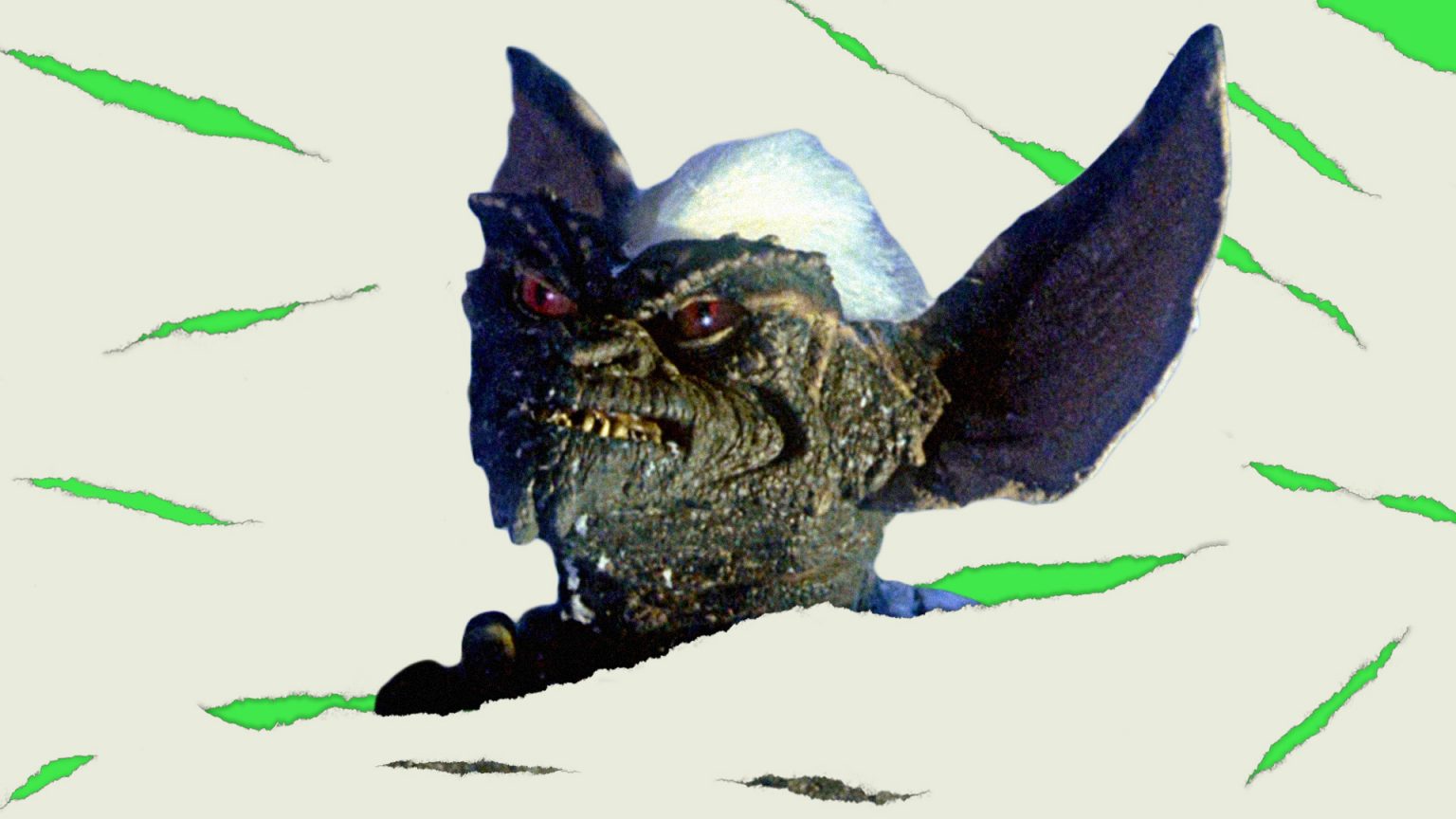A few weeks ago, the trailer for Melissa McCarthy’s newest comedy, The Happytime Murders, revealed an exciting set of co-stars for the acclaimed comedienne: Puppets!
Far from being wise masters (like Yoda), helpful neighbors (like Big Bird), or entertainers (like Kermit, Fozzie, Miss Piggy, and the gang) coexisting in harmony with their human friends, these characters are rude, crude, and full of attitude, and most of them are likely criminals to boot. Even the trailer needs a content warning! Slated for release in August, the movie promises to be stuffed to the gills with puppets behaving very badly.
How did we get here? Well, it turns out that humans have been making dolls do their bidding for literally millennia. The roots of puppetry take us all the way back to Ancient Greece, but most modern movie puppets reflect the legacy of Punch and Judy, a pair of violent and vulgar hand puppets that have been around since at least the 1600s. Punch and Judy argue, mistreat their baby, hit each other with clubs, and generally behave badly, delighting audiences for centuries as their act has evolved and spread from Italy to the United Kingdom and beyond. From these humble and indelicate beginnings, puppets have taken many different forms off and on the screen.
Off the bat, it’s important to distinguish between puppetry and other forms of anthropomorphization and animation: Technically, puppets are moved by humans in real-time, whether directly (hand puppets) or indirectly (with strings, rods, etc.), which differentiates puppetry from both stop motion (like the heart-wrenching documentary Marwencol or the movies of Jan Švankmajer and the Brothers Quay) or motion capture VFX (like in Seth MacFarlane’s Ted). It could be argued that part of what makes puppets so visually powerful (and potentially creepy) is that deliberate and direct human connection—the feeling that there is life moving through these inanimate objects and wondering who, or what, could be behind the curtain, or hidden just out of frame manipulating them.
Because of this haunting quality, puppetry can also serve as an impactful on-screen metaphor for manipulation and control, and no, this isn’t about the iconic branding for Francis Ford Coppola’s The Godfather. I’m talking about things like The Puppet Master saga (thirteen films in all), which concerns a group of toys possessed by an ancient, evil spell, or Being John Malkovich, in which a mild-mannered busker soon finds himself hijacking a movie star’s motor functions and, in a case of art imitating life, becoming a puppeteering performance artist. Even the mildly disturbing Disney rendition of Pinocchio uses the term “no strings” to symbolize a kind of perverse and potentially dangerous freedom. And of course, Trey Parker and Matt Stone’s Team America: World Police keeps its strings highly visible, symbolizing the puppets as tools of an over-the-top imperialist juggernaut (all while maximizing mean-spirited and satirical humor that stems from their limited range of motion).
Often, though, evil or criminally mischievous puppets are a symbol of lost control, like in the Christmas-set Gremlins franchise or the kitschy horror musical Little Shop of Horrors. In these movies, human carelessness or error causes insatiable creatures to run amok, defying attempts to contain them (and their appetites). And that’s to say nothing of the violent ventriloquist dummies found in movies like Dead Silence or Goosebumps—like the much-maligned mouthpieces for their human “owners,” their mutinous antics are heightened by their initial appearance of powerlessness, as well as their uncanny resemblance to real people.
In fact, as the purveyor of pure-hearted, benevolent, family-friendly puppet fare, Jim Henson can be considered an exception to the historical rule—but even he experimented with malevolent marionettes in his fantasy films The Dark Crystal and Labyrinth! In fact, his work on Sesame Street and with the Muppets has only added to the pleasure we feel when the tropes he created are subverted to hilarious ends. Two noted examples of this phenomenon, both of which predate Melissa McCarthy’s buddy-cop comedy with a twist, are Peter Jackson’s enthusiastically abject Meet the Feebles, which was released a decade after The Muppet Movie, and Avenue Q, the musical that’s sure to be adapted for the big screen any minute now. Meet the Feebles spoofs on the variety-hour format of The Muppet Show, adding murder, assault, drugs, venereal disease, non-consensual sex acts, and plenty of run-of-the-mill cruelty to the mix, whereas Avenue Q is a slightly more gentle, though no less irreverent, a parody of Sesame Street. Would either have the same impact without Henson’s wholesome vision as a counterpoint? It’s honestly hard to say.
Speaking of which, it turns out that the makers of Sesame Street have brought a federal lawsuit over The Happytime Murders’ marketing campaign! The plot thickens. This is especially ironic considering that The Happytime Murders is directed by none other than Brian Henson, Jim’s son, who might arguably be most suited to determine what is and isn’t detrimental to the Henson legacy. In that sense, his choice to embrace the “dark side,” as it were, is telling. At the end of the day, however, as much as the TV show’s powers-that-be may object, it’s pretty clear that the two properties are merely opposite sides of the same coin, or rather the light and the shadow necessary for each to exist and thrive, respectively.
WATCH NOW: Puppet, a 2010 documentary about the history and recent renaissance of American puppetry in its myriad forms.




